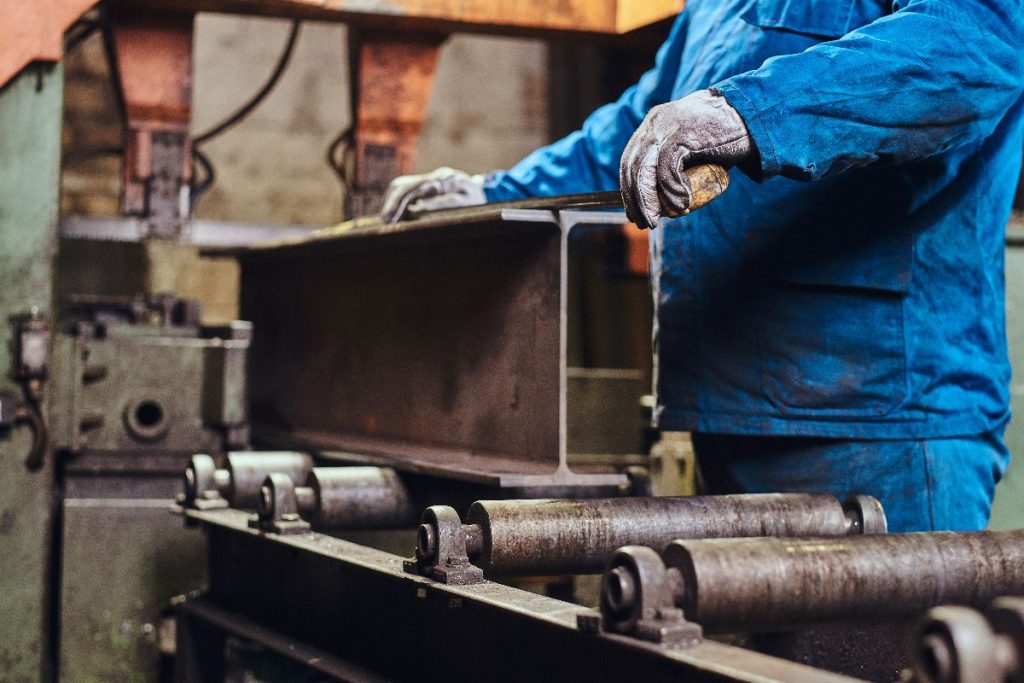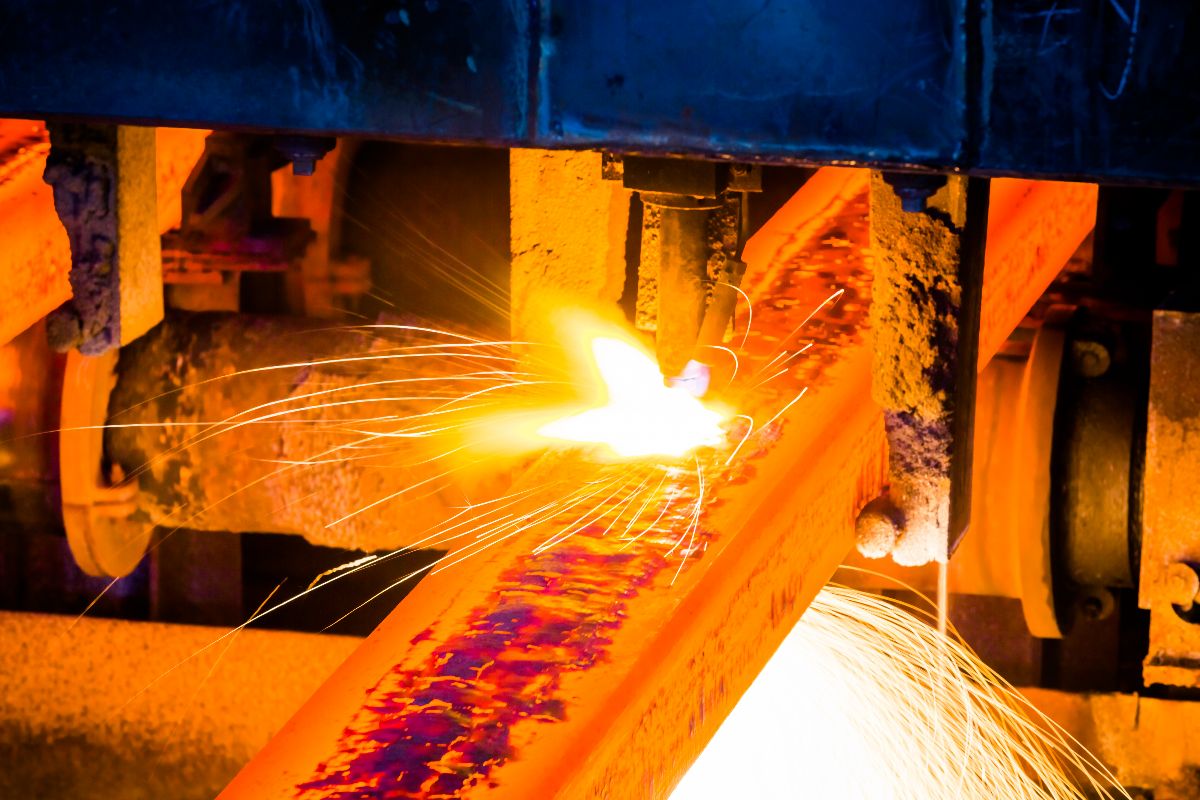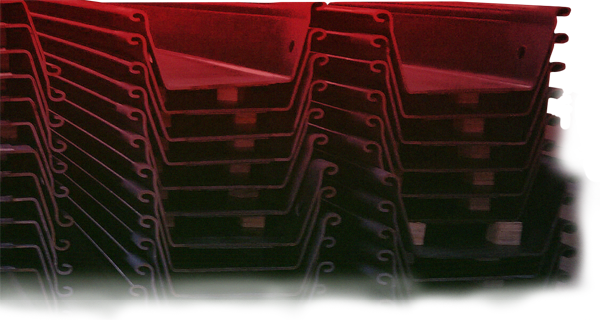How Adequate Steel Testing Proves Supplier’s Credibility?

Overview
- Hidden weaknesses in steel often come from skipped quality tests—putting entire projects at risk. That’s why adequate testing is essential in verifying a supplier’s credibility and material strength.
- Through rigorous mechanical and chemical analysis, contractors can ensure safety and compliance in every build.
- Trusted suppliers like Metal Exponents deliver verified, high-quality steel for lasting structural integrity.
In construction, even the slightest flaws cause the biggest setbacks. Many projects can be compromised by a steel that looked strong but lacked proper verification.
These hidden weaknesses often stem from suppliers who skip crucial quality tests. That’s why understanding how adequate testing proves supplier credibility is essential.
Steel testing demonstrates a supplier’s integrity, transparency, and commitment to project success.
In this article, we’ll explore how rigorous testing practices make credible steel suppliers stand out.
Verification of Mechanical Properties
An adequate steel testing means going through standardized tests to measure key attributes of the material. This process verifies the mechanical properties of steel quality.
It refers to characteristics that determine steel behavior under various conditions. These include tensile strength, ductility, hardness, and toughness.
To summarize the main techniques used to verify mechanical properties, here is the guide.
| Technique | Principle | Typical Use |
|---|---|---|
| Tensile Test | Pulling a steel specimen until it breaks.
It indicates the material’s ability to resist deformation under load by calculating force and elongation during the test. |
Basic strength and ductility evaluation |
| Hardness Test | Pressing a specific indenter into the steel’s surface.
It measures the depth and size of the indentation to determine the material’s resistance to deformation under varying forces. |
Surface strength and wear resistance |
| Impact Test | Striking a notched specimen with a swinging pendulum hammer.
The energy absorbed during the impact is recorded to evaluate the material’s resistance to sudden impact loads. |
Brittleness and impact resistance |
| Bend Test | Bending a steel specimen to a specified angle.
Cracks or fractures will be inspected after the test to indicate the degree to which the material can withstand bending forces. |
Flexibility and weld quality verification |
| Fatigue and Creep Test | Subjecting the steel specimen to a long period of elevated temperature and repeated loading and unloading cycles.
Data will be collected to generate a prediction for the materials’ structural stability. |
Lifespan prediction and long-term stability |
Confirmation of Chemical Composition

The chemical composition of a steel defines the microstructure of the material that significantly contributes to its quality.
It’s important to confirm if it passes industry standards, because it ultimately shapes how the mechanical properties react and perform.
To verify the credibility of your supplier, request material test reports or certifications, specifically for ASTM A751. It is the key standard for chemical analysis of steel products.
The common test results to look for are Optical Emission Spectroscopy (OES), which is used to determine whether the concentration of trace elements is proportional or not. And another method used to provide rapid analysis is X-Ray Fluorescence (XRF), a non-destructive process suitable for testing final products.
Demonstration of Compliance
When a steel supplier follows consistent and rigorous quality checks, it shows a clear commitment to compliance and reliability.
This diligence ensures every product meets required specifications and performance standards.
Reliable suppliers demonstrate accountability by prioritizing quality at every production stage. Such commitment contributes to the construction of safe, durable, and high-performing projects.
Compliance processes directly reflect a dedication to buyer satisfaction and long-term trust.
Identification of Defects

The essence of implementing steel testing routines is to detect material defects before distribution and installation. Early identification ensures the end-users that only compliant and reliable steel reaches construction sites.
The simplest inspection method involves visual checks for cracks, dents, or surface irregularities visible to the naked eye.
For deeper assessment, mechanical and chemical procedures are tested on specimen materials to verify their strength, composition, and overall integrity.
These procedures not only determine material longevity but also reveal surface and subsurface flaws that could compromise performance. Addressing steel supply defects early prevents costly rework, delays, and potential structural failures.
How to Evaluate a Steel Supplier
Every successful build starts with dependable materials. Here’s how to assess a steel supplier before making a deal.
- Request certifications: Project contractors should request for Philippine Standard (PS) Certification Mark License, ISO Certifications, and Mill Test Reports (MTR) from steel suppliers to ensure quality and compliance with national and international benchmarks.
- Review test results: Results from physical and chemical tests outline the materials’ characteristics, structural steel grades, and manufacturing-stage testing performed. This data enables you to verify if the products can perform reliably and last long for their intended use.
- Choose certified suppliers: After confirming that your chosen sources hold all required certifications and have passed quality testing with excellent results, make your selection. A trusted supplier like Metal Exponents can provide verified materials suited to various project requirements.
- Consider your specific supply needs and the proximity of the supplier to your project site. This helps optimize logistics, reduce lead times, and maintain consistent material availability throughout construction.
Key Takeaway
In construction, steel quality isn’t just about strength—it’s about trust. Every test, certification, and compliance process ensures that the material can withstand time, load, and performance demands. Choosing suppliers that uphold rigorous testing standards guarantees safety and reliability across every project phase.
That’s why partnering with Metal Exponents Inc., one of the Philippines’ most trusted steel suppliers, gives contractors confidence in every build. With verified certifications, complete test documentation, and proven quality control, we deliver only the best materials to help you construct safely and efficiently. Contact us today to learn more about dependable steel supply solutions for your next project.


